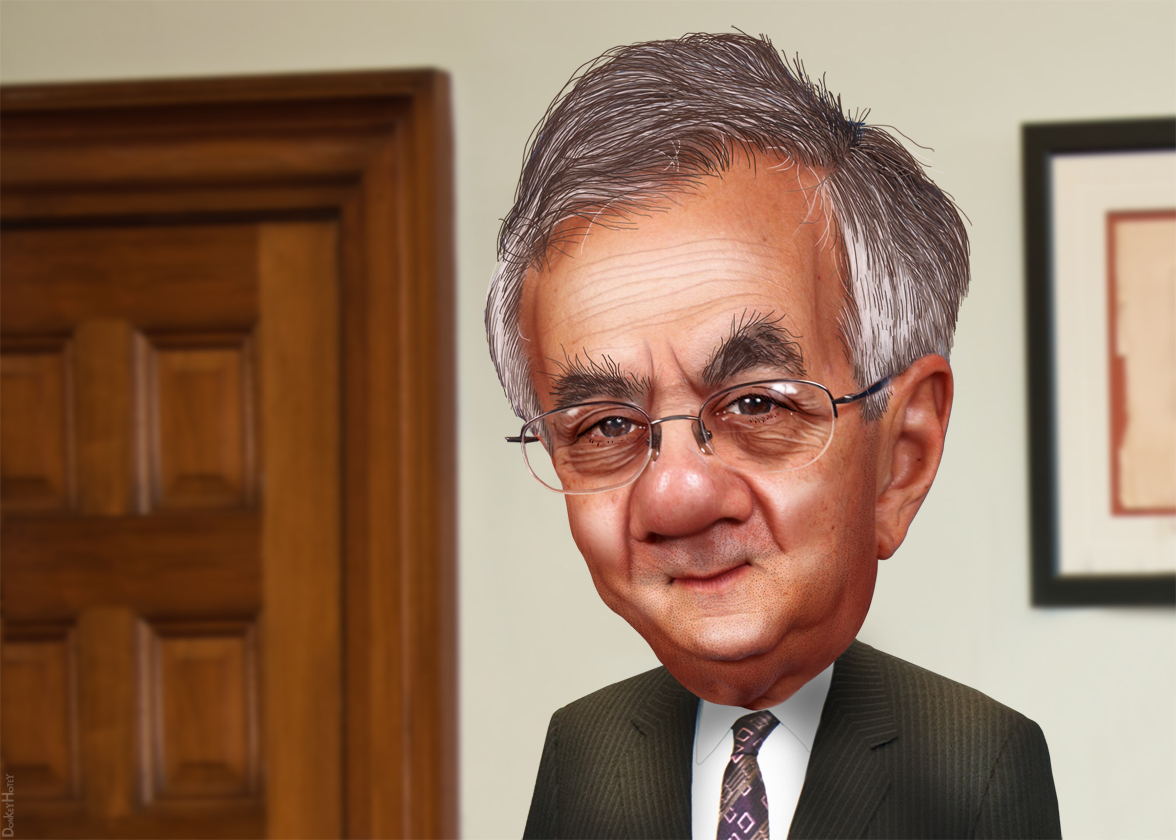T
he Great Recession of 2008 dealt a deep and long-lasting blow to the G7’s economic growth rate. Nearly 10 years onward, its economies are still reeling. The failure of Lehman Brothers and Bear Stearns served as the first acts in a storyline full of legislative attempts to rein in banking sector excesses and prevent the probability of another taxpayer-funded bailout of the world’s major banks. U.S., and global regulators designed a stringent set of regulatory updates, the Dodd-Frank Act, and the Basel III global regulatory framework, in order to fence in financial risk and ensure an orderly end to faulty systemically important financial institutions (SiFis). Yet this effort to ensure that economic recovery post-2007 returns on a soundly regulated financial sector is paradoxically one of the central obstacles to global economic recovery. It may even be the principal cause of the next major global economic crisis.
In 2008, many an economic observer read The New York Times’ Andrew Ross Sorkin’s “Too Big To Fail” and its description of the blank-cheque risk addled culture of financial innovation rife in the U.S. banking sector. The resulting public outcry led to financial regulators and their counterparts in the United States Congress to pass the Dodd-Frank Wall Street Reform and the Consumer Protection Act, an extensive and stringent set of rules that effectively ended the roaring 1980s financial sector ebullience that came to epitomize the stereotypes as portrayed in the now-classic movie Wall Street. The bulk of the rules implemented effectively raised the minimum capital requirements in financial institutions. It additionally increased the level of reporting, compliance, and oversight on financial institutions deemed systemically significant; typically financial institutions in excess of US$ 200 billion.

This consensus on the need for stricter regulations pertaining to global finance led to the Financial Stability Board’s increased clout in coordinating the expansion of Dodd-Frank -inspired rules within the G20. Correspondingly, the third Basel Accord (Basel III) won widespread adoption in 2010. Basel I’s initial set of voluntary prudential standards, dating from the early 1990s, were expanded to include comparatively stricter leverage rules, capital ratio standards, and liquidity requirements for major global banks. The appointment of ex-Bank of Canada governor Mark Carney (now at the Bank of England) to chair world’s Financial Stability Board was symptomatic of a policy shift whereby the new American regulatory guidelines would graduate from being national rules to becoming global financial standards instead.
Unfortunately, investment banks and global banking groups are responding to these new prudential rules by spinning off risk-taking arms into unregulated (or even unregulatable) sectors that maintain a tangible sway over global financial stability. Analysts of financial institution groups have, since 2007, witnessed a comprehensive restructuring of global banks. Investment banks are selling off hedge fund, proprietary trading, and asset-management arms en masse; in fact, they are closing up shop. One of the main ways to trace this industry trend is to track the number of mass-layoffs, outright closure of investment bank trading arms, and global banks’ exits from investment banking business altogether. Risk is migrating away from regulated legal structures, into shadow banking institutions with business models that emulate hedge-fund trading strategies. The Dodd-Frank Act is thus pushing trading-related capital flows into shadow banking entities.
Not only is trading capital gradually leaving the realm of deposit-insured financial regulation but, as a result of Dodd-Frank, the economic case for banks lending to small-business remains weak. Indeed, corporate treasuries are not the only ones hoarding liquidity as a result of low-growth expectations and higher transaction and compliance cost of monitoring lending practices under current rules. As a result, observers of capital-raising practices will see a rise in consumer purchase-funded small business finance as an industry standard.

This is already showing in the rise of peer-to-peer lending platforms such as Lending Club and crowdfunding platforms like Kickstarter, each of which is increasingly responsible for hundreds of US$ millions daily in transactions, with scant regulatory oversight. Furthermore, the JOBS Act in the United States was recently amended to add provisions that allow for small-to-medium businesses to raise capital from the general public in exchange for equity securities. Companies such as Deloitte and Accenture expect equity crowdfunding to reach US$ 96 billions by 2020, rivalling the size of the American venture capital industry.
The current low-growth environment is pushing asset managers to look for increasingly risky trading strategies that rely heavily on increasingly faster algorithmic strategies, since leverage is no longer the option for many. Michael Lewis’ 2014 bestseller “Flash Boys”, provides a lengthy exposé of the rising level of control, sophistication, and intensity of large asset management firms’ search for higher returns in light of Dodd-Frank enabled compliance rules. Investment banks are either renaming this side of their trading activity, or simply selling them off into opaque hybrid corporate structures away from regulatory oversight.
The argument can be made that the rapid rise of algorithmic and high-frequency trading, and its influence over the changing nature of capital markets trading as a business, is actually a boon for global finance. Indeed, in a way these electronic strategies arguably render global asset prices ever more efficient. The main drawback with these is that occurrences that are a result of black-box high-frequency trading, such as Knight Capital’s flash crash; microsecond losses of US$ 500 billion in 2010; and losses of $US 1.3 billions in 2013, create deeply felt crises of investor confidence in the fairness of asset prices in global markets. Indeed, the price of various securities can demonstrably be rigged in private exchanges with immediate effect on investors without similar levels of technical wherewithal. These also unpredictably heighten volatility to intra-day trading worldwide at a time when global liquidity is sparse. These therefore constitute another unintended consequence of Dodd-Frank, and as such, they pose a significant threat to global financial stability.
Almost a decade after the onset of the 2007 global financial crisis, with less than 20% of its provisions currently standing as law, the Dodd-Frank Act’s unintended consequences already dim the prospects of sustained global growth in their implementation. It is high time that investors, regulators, and appending authorities re-think the policy priorities that inspired Dodd-Frank in light of the sheer range and import of its unintended side-effects. They might very well bear the seeds of the next global crisis of confidence in world markets.




